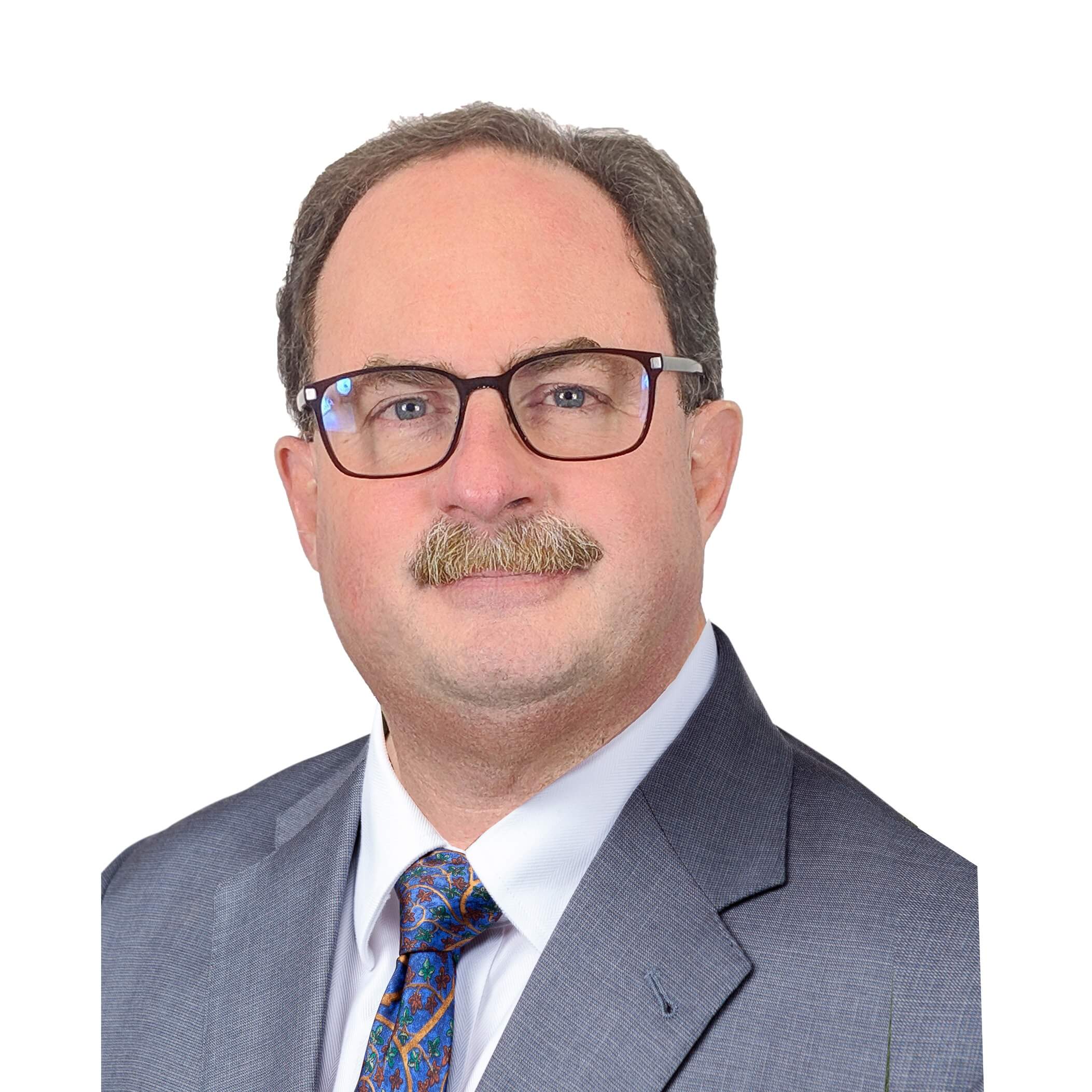If you read the title of this article and thought, “Great! this is the next ‘emergent contaminant’ to strike fear into my company or laboratory,” then you will be pleasantly surprised. However, the contents of this article may cause concern on a completely different level.
Over my career of 30+ years as an environmental chemistry professional, I have read 40 CFR Part 136 associated with the Clean Water Act (CWA) more times than I can count. Typically, I quickly read through Sections 136.4 through 136.6, as it discusses the procedures and requirements for having alternate test procedures (ATP) approved by US EPA. The associated document entitled, “Protocol for Review and Validation of Alternate Test Procedures for Regulated Organic and Inorganic Analytes in Wastewater Under EPA’s Alternate Test Procedure Program February 2018, 821‑B‑18‑002)” https://www.epa.gov/cwa-methods/alternate-test-procedure-documents provides detailed instructions for completing this process and compliance with 40 CFR Part 136.6.
Section 1.3.4 of the ATP document that piqued my interest is copied below:
1.3.4 Method-defined Analytes
As specified in 40 CFR 136.6, the term “method-defined analyte” means an analyte (or parameter) that is defined solely by the method used to determine the analyte (generically referred to in this document as a method-defined parameter or MDP). Such an analyte may be a physical parameter, a parameter that is not a specific chemical, or a parameter that may be comprised of a number of substances. Examples include, but are not limited to:
- Acidity
- Alkalinity
- Biological oxygen demand (BOD
- Chemical oxygen demand (COD)
- Color
- Conductivity (specific conductance)
- Oil and grease
- pH (hydrogen ion)
- Temperature
- Total dissolved solids (TDS)
- Total organic carbon (TOC)
- Total phenolics
- Total suspended solids (TSS).
- Turbidity
Modifications to methods that measure MDPs have the potential to change what is being measured. Therefore, any modifications to those methods beyond that specifically allowed in the approved methods require EPA review and approval as alternate test procedures by the appropriate approval authority (see Table 1).”
What is considered a modification? I presented the one observation regarding the total suspended solids (TSS) Standard Method (SM) 2540D that I have observed in many laboratory audits to US EPA for clarification. Here is the question I asked.
Section 3c of Method 2540D 22nd edition indicates the following regarding processing the filter:
“Dry for at least 1 h at 103 to 105°C in an oven, cool in a desiccator to balance temperature, and weigh. Repeat the cycle of drying, cooling, desiccating, and weighing until a constant weight is obtained or until the weight change is less than 4% of the previous weight or 0.5 mg, whichever is less.”
Environmental Standards Auditors have observed laboratories only drying the sample overnight and performing a single drying, cooling, desiccating, and weighing step – indicating that if the sample filter is dried for longer periods, the results should be similar to the replicate weighing steps detailed in the analytical method. Some laboratories have performed small studies to show that samples dried overnight are equivalent, but none that we know have submitted this as an ATP modification for approval. Does this require submission to US EPA as an ATP?
US EPA’s response was clear.
You specifically asked about drying the residue overnight, as opposed to drying, cooling, and weighing in one-hour cycles as described in Standard Method 2540D (and other approved procedures). As noted in SM 2540A, drying some samples at 103-105 degrees C may be very slow, due to the presence of occluded water in the residue.
While I can see the benefits to a laboratory in drying a sample overnight, as opposed to the labor involved in drying/cooling/weighing cycles repeated hourly, the fact remains that the sample must be dried until constant weight is achieved. In the case of SM 2540D, “constant” is defined as a change between successive weighings of less than 4% of the previous weight, or 0.5 mg, whichever is less.
Thus, if a laboratory is simply drying the residue overnight, weighing it once and determining the dry weight, then that is not acceptable, because one weighing cannot yield a “constant” value.
If, on the other hand, the practice involves drying the sample overnight, cooling it in a desiccator, weighing the residue, returning it to the oven for at least an hour, cooling and weighing it again, and achieving a constant weight, and the laboratory then that practice would be acceptable because it meets the intent of the method and addresses the critical issue, namely achieving a constant weight.”
In conclusion, if your subcontracted laboratory performs a single drying, you are not compliant with the requirements of 40 CFR Part 136. Are you aware of other modifications being performed for MDPs? As a permittee, are you compliant with your discharge permit requirements and can you certify the results as accurate? These are crucial questions to ask.


